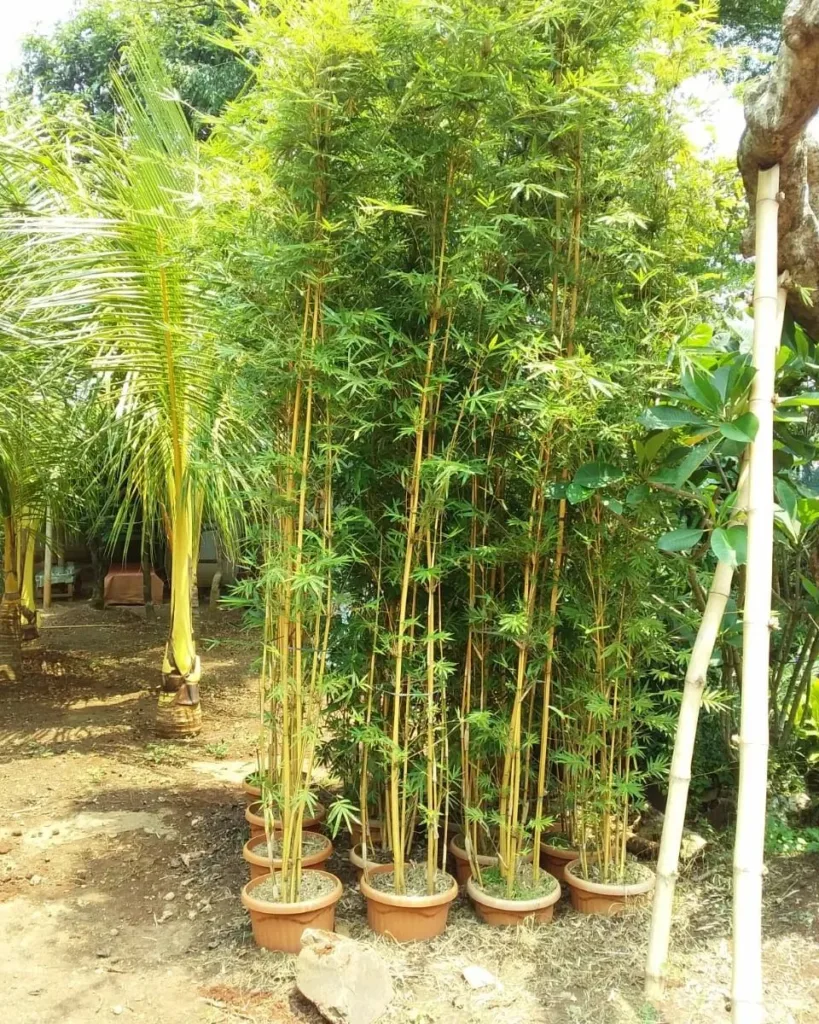
January 25 – Camassia
“Camassia, the star of the meadow, shines for January 25.”
You are a guiding light, illuminating paths for others with your wisdom and optimism. Your presence brings hope and inspiration.
Camassia: A Gardener’s Delight
My name is Ferb Vu, and I’m an avid gardener with a particular fondness for the genus Camassia from the Asparagaceae family. These North American natives, also known as quamash or wild hyacinth, bring a touch of wild beauty to any garden. Their striking blue, purple, or white flowers rise on tall stems above strappy green leaves, creating a spectacle that’s both elegant and resilient.
Why I Love Camassia
Camassias are a joy to grow. They’re not fussy about soil, tolerating clay and even slightly wet conditions. They thrive in full sun but don’t mind a bit of shade. Best of all, they’re deer and rodent resistant, a real boon for those of us who garden in areas with hungry wildlife.
But what truly captivates me is their versatility. Camassias look stunning naturalized in a meadow setting, swaying gracefully in the breeze. They add vertical interest to borders, their spires of blooms contrasting beautifully with lower-growing perennials. And they make excellent cut flowers, bringing a touch of the outdoors into my home.
A Closer Look at Camassia Species
The genus Camassia encompasses several species, each with its own unique charm:
- Camassia quamash: Also known as small camas or common camas, this species typically has blue to violet flowers and is widespread across western North America. Plant FAQs: Camassia Quamash
- Camassia leichtlinii: This species, commonly called large camas or Leichtlin’s camas, boasts larger flowers than C. quamash and comes in a wider range of colors, including cream, white, and pale blue. Plant FAQs: Camassia Leichtlinii
- Camassia cusickii: Cusick’s camas is notable for its tall flower stalks, which can reach up to four feet in height. Its pale blue to violet flowers are a lovely addition to any garden.
- Camassia scilloides: This species, also known as Atlantic camas or wild hyacinth, is native to the eastern United States and has smaller, pale blue flowers. Plant FAQs: Camassia Scilloides
- Camassia angusta (Engelm. & A.Gray) Blank.
- Camassia howellii S.Watson
My Experience Growing Camassia
I’ve been growing camassia for several years now, and they’ve never disappointed me. I planted my first bulbs in the fall, choosing a spot with well-drained soil and plenty of sunlight. They emerged in the spring, their lush green foliage providing a welcome contrast to the early blooming bulbs.
As the season progressed, the flower stalks shot up, culminating in clusters of star-shaped blooms. The bees and butterflies adored them, adding another layer of life to my garden. After the flowers faded, I left the foliage to die back naturally, allowing the bulbs to store energy for the following year.
Tips for Growing Camassia
If you’re thinking of adding camassia to your garden, here are a few tips based on my experience:
- Plant the bulbs in the fall: This gives them time to establish roots before the growing season.
- Choose a sunny spot with well-drained soil: While camassia can tolerate some shade, they’ll flower best in full sun.
- Water regularly during the growing season: Especially if you live in a dry climate.
- Don’t be afraid to divide the clumps: Every few years, you can dig up the bulbs and divide them to create new plants.
- Enjoy the show: Camassias are low-maintenance plants that will reward you with years of beauty.
The Beauty of Native Plants
In my gardening journey, I’ve come to appreciate the value of native plants like camassia. They’re not only beautiful but also play a crucial role in supporting local ecosystems. By planting camassia, I’m providing food and habitat for pollinators and other wildlife.
I encourage you to explore the world of native plants and consider adding camassia to your garden. You won’t be disappointed. Their resilience, beauty, and ecological benefits make them a true gardener’s delight.
If i die, water my plants!



